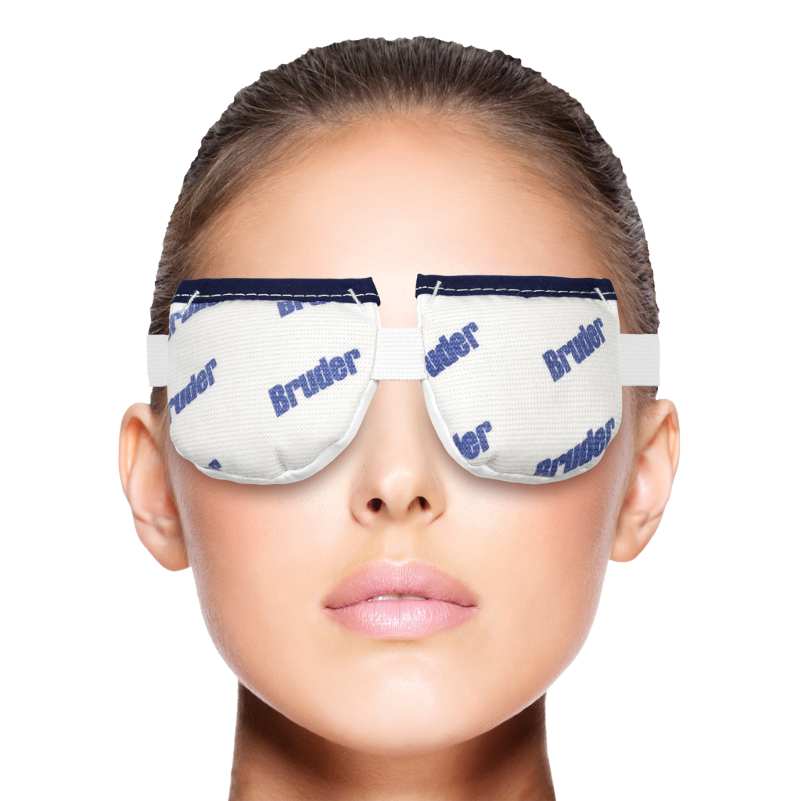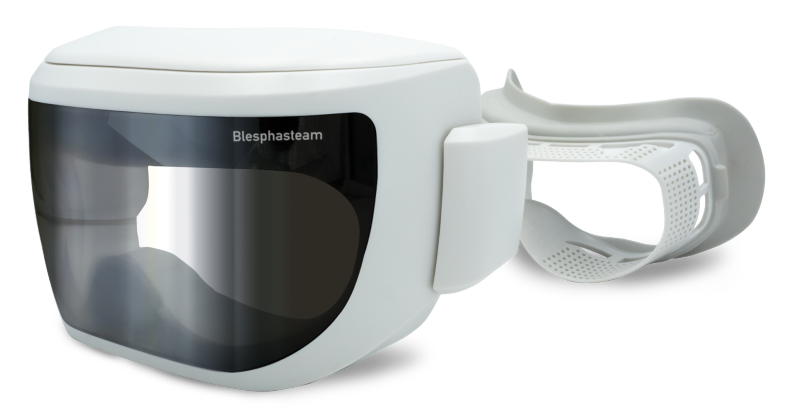Heat Pack or Warm Compress on Dry Eyes. Which is Better?
Could the difference between irritation and lasting relief for your dry eyes come down to a simple application of temperature? What’s the secret to getting the most out of heat therapy for dry eyes?
Dry eyes don’t always need expensive treatments — a warm compress or heat pack on your eyes can often provide relief.
I’m Martin Robinson, owner and principal optometrist at Martin’s Eyecare in Tasmania. Over the years, I’ve helped countless people manage dry eye symptoms with practical, evidence-based solutions. Whether you’re curious about heat packs, warm compresses, or the latest advancements in eye care, I’m here to help you make informed, confident choices for your eye health.
Remember, small and preventable eye conditions today could become major, costly problems tomorrow if left unaddressed.
KEY TAKEAWAYS
-
Heat packs and warm compresses are effective tools for managing dry eye symptoms.
-
Warm compresses provide hydration, while heat packs offer consistent, long-lasting warmth.
-
Proper heat therapy stimulates meibomian glands, stabilizes the tear film, and reduces irritation.

The Science Behind Heat Therapy for Dry Eyes
Why does heat make such a difference for dry eyes? It comes down to how warmth interacts with the tear film, meibomian glands and the delicate tissue in and around your eyes. The meibomian glands are responsible for producing the oil layer of your tears, which prevents them from evaporating too quickly. Applying heat softens and unclogs these glands, encouraging them to release the oil your eyes need for consistent hydration.
Heat also improves circulation around the eyes. This increased blood flow can relax the eyes, reduce eyelid inflammation and promote better gland function, enhancing overall comfort and minimizing evaporative dry eye symptoms.
It’s always a good idea to ask for a professional evaluation by your optometrist before starting heat therapy.
Heat Pack On Eyes or Warm Compresses?
Heat packs offer dry, consistent warmth and are particularly useful for longer-lasting applications. They can be customised in terms of temperature and duration, making them a flexible choice. Heat packs are generally low-maintenance and reusable.
Warm compresses, on the other hand, combine heat with hydration, making them excellent for gentle cleansing and moisturising. However, warm compresses demand more effort, especially with repeated reheating for the most beneficial results.
Which option is best for you will depend on your specific symptoms, budget and lifestyle needs. Both have their strengths and can be valuable additions to your eye care routine, offering relief and promoting healthier eyes. In advanced cases of dry eye, neither of these treatments may not provide sufficient relief and should be complemented by other therapies, such as intense pulsed light (IPL) treatment.

DIY vs. Store-Bought Solutions
Should you go the DIY route or invest in a store-bought option for heat therapy? The choice depends on your priorities.
DIY solutions are often the most accessible and affordable option. A clean cloth soaked in warm water is simple to prepare and provides immediate relief. The downside is that the effectiveness of the heat dissipates after about 20 seconds of use, so it will require frequent reapplication.
For a slightly more convenient DIY alternative, a microwaveable rice-filled sock can mimic the effects of a heat pack. IMPORTANT: Use a fresh clean sock as previously worn garments (even if they have been washed) might contain bacteria or fungus that you wouldn’t want in contact with your eyes.
Store-bought solutions, however, bring a level of convenience and effectiveness that DIY methods sometimes can’t match. Bruder eye masks are a popular choice, delivering consistent, therapeutic heat while being reusable and easy to clean. These masks are specifically designed for eye care, ensuring that the heat is applied evenly and at a safe temperature.
For those who want precision and long-term reliability, advanced electrically heated masks are an excellent option. With adjustable temperature settings and extended heat retention, they provide an experience tailored to your needs. There are many brands available.
Blephasteam masks can deliver the best of both worlds – the consistent heat of a mask and the hydration effect of a warm compress. Some optometry practices offer Blephasteam sessions in their clinic, or you can invest in one for home use if you wish.
Using a Heat Pack On Eyes Safely
How can you ensure safe and effective use of a heat pack? The key is controlling the temperature. Always test the heat pack on your wrist before placing it on your eyes. It should feel warm, not hot, to avoid burns or irritation. Consistency is important too—don’t overheat or extend the duration beyond 10 minutes, as excessive heat can harm the delicate skin around your eyes.
If you notice increased discomfort after applying heat, stop immediately and consult an optometrist. For those with facial or ocular rosacea, particular caution is advisable as the use of heat can sometimes be pro-inflammatory, potentially worsening symptoms. Increased circulation can sometimes encourage the growth of telangiectatic vessels — small, dilated blood vessels. This can worsen inflammation around the meibomian glands, leading to swelling and blocking the gland openings.
Enhancing Effectiveness
How can you make heat therapy even more beneficial for your dry eyes? Combining it with other eye care routines often helps. After applying a heat pack or warm compress, gently massaging the edges of your eyelids to encourage gland drainage and improve the release of natural oils. Be very gentle with your eye massage though, because aggressive rubbing can increase the risk of keratoconus, a serious condition affecting your cornea.
Consistency is another cornerstone of success. Incorporate heat therapy into your daily routine, aiming for morning and evening sessions. Five to ten minutes per application is typically sufficient. By sticking to a schedule, you allow the treatment to deliver cumulative benefits over time.
Also, remember to stay hydrated, eat a diet rich in omega-3 fatty acids, and use artificial tears to maintain optimal eye health. Avoid overly dry environments and take regular breaks from screens to minimise strain on your eyes.
To take a closer look at some of these approaches to dry eye relief, watch the following video by Dr Joseph Allen from the Doctor Eye Health YouTube Channel.
CONCLUSION
Heat therapy, whether through heat packs on your eyes or warm compresses, helps unclog oil glands, stabilize the tear film, and reduce discomfort. Safe and effective heat application requires maintaining the proper temperature and duration to avoid irritation or burns.
Warm compresses, however, are great in scenarios where hydration is just as important as heat. By combining warmth with moisture, they offer a dual benefit that can be particularly soothing for those with dry, irritated eyes. This added hydration is excellent for individuals experiencing post-screen-time fatigue, as the moist heat helps relax the eyes while relieving discomfort.
Heat packs may be more practical for some people with busy schedules. Their portability also makes them a great choice for travel or situations where reheating isn’t practical. For example, if you’re on a long flight or spending the day away from home, a reusable heat pack provides a simple and effective solution.
Incorporating heat therapy into a daily routine enhances its effectiveness and should be complemented by professional guidance for optimal results.
So stop waiting and start seeing the world more comfortably — book your dry eye assessment today!
Come and see us at our Glenorchy optometry practice, just a 10 minute drive from the centre of Hobart.
Book your eye care appointment with us today at Martin’s Eyecare.
Call (03) 6272 8423 or use the “Book Appointment” button below.
– Martin Robinson, Optometrist & Owner.
